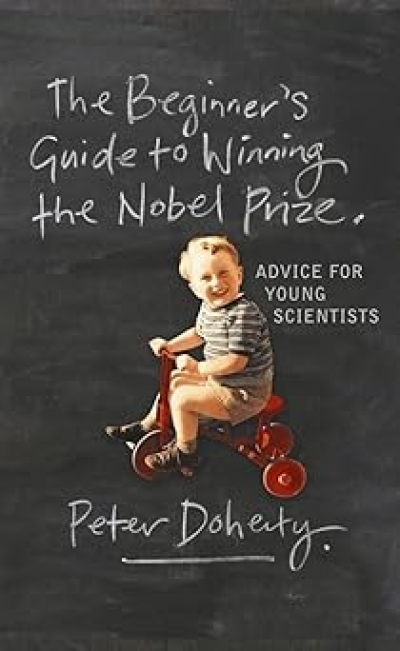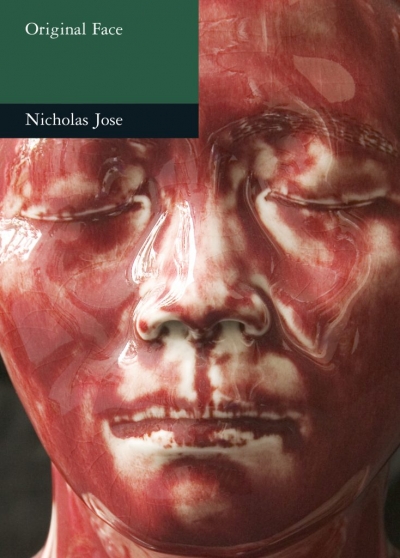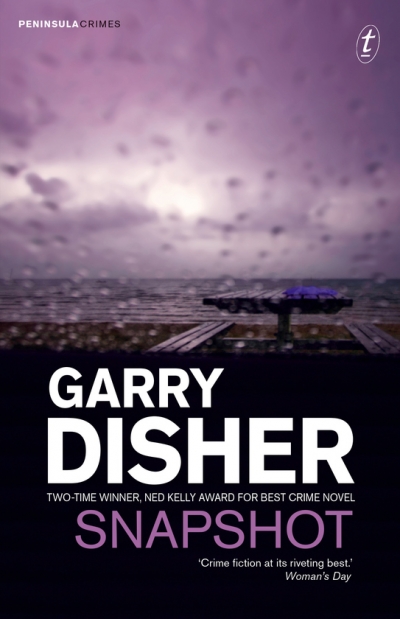Archive
The Beginner Guide to Winning the Nobel Prize: A life in science by Peter Doherty
by John Carmody •
T.W. Edgeworth David: A life by David Branagan
by John Thompson •
'Men And Women of Australia!': Our greatest modern speeches edited by Michael Fullilove
by Jonathan Pearlman •
The Grasshopper Shoe by Carolyn Leach-Paholski & A New Map of the Universe by Annabel Smith
by Kate McFadyen •
Arthur Boyd and Saint Francis of Assisi: Pastels, lithographs and tapestries, 1964–1974 by Margaret Pont
by Luke Morgan •
Snapshot by Garry Disher & A Thing of Blood by Robert Gott
by Rick Thompson •
Encyclopedia of Melbourne edited by Andrew Brown-May and Shurlee Swain
by Tony Marshall •










